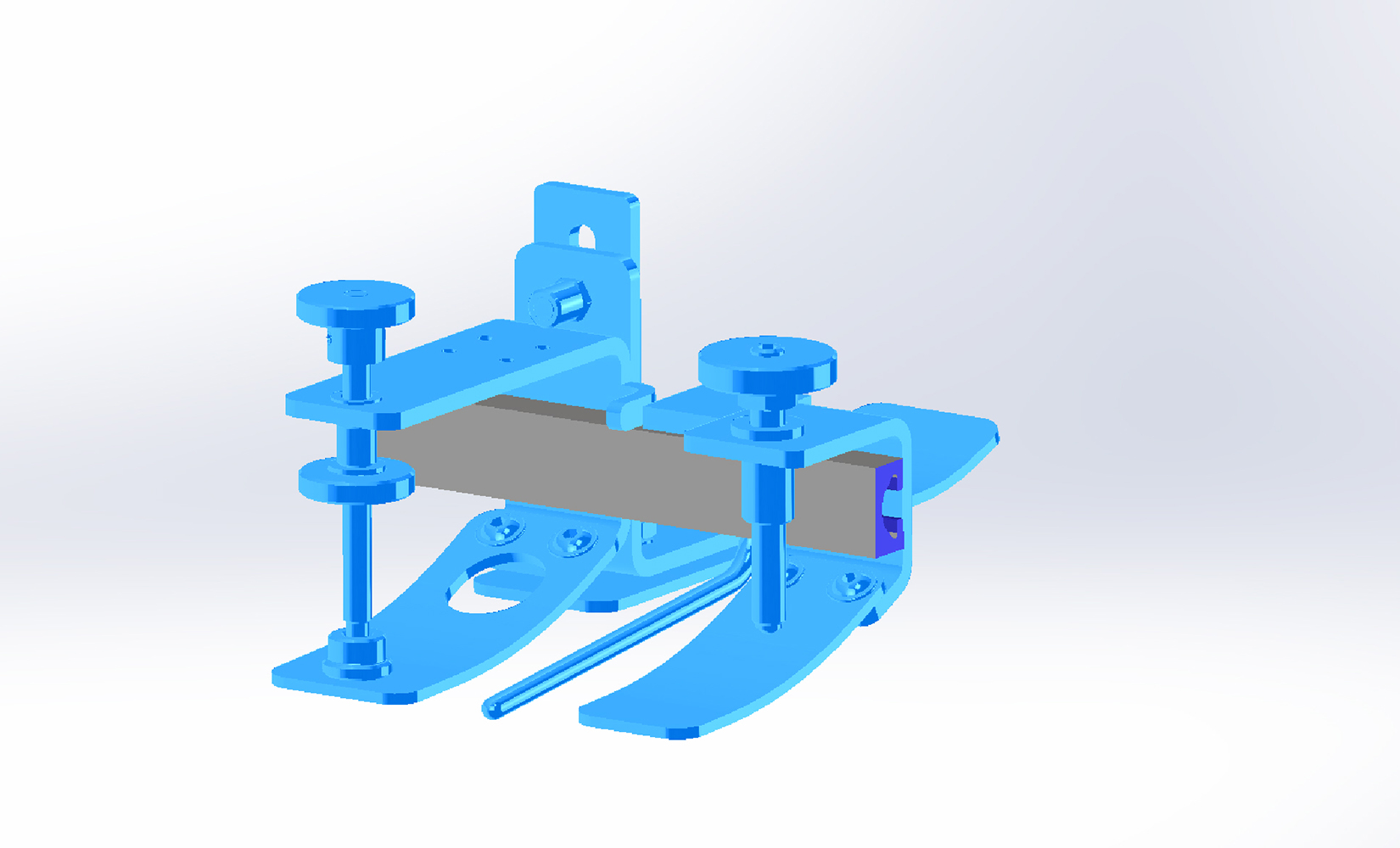Getting into 3D printing is exciting. There are hundreds of different options. But what is the best option for my specific case? In most of the cases, a conventionally designed part is taken for receiving a first quote back from a 3D printing service, and then a first dis-illusion takes over. Why is this so expensive? What limitations do I have when comparing it to traditional ways of manufacturing? And does this really justify all the effort? This is when a project analysis and design for Additive Manufacturing – short “DfAM” – may make sense.

DFAM / Design for Additive Manufacturing
DFAM - Data suitable for 3D printing
3D printing justifies the effort as it impacts all of our business models, but it is key to process senseful data for 3D printing. Just printing a conventionally produced part in a best-fit 3D printing material does not really create a benefit. However, re-designing a part to take advantage from 3D printing can make the difference. With adhering to 3D printing specific design rules and on the other side benefiting from Additive Manufacturing’s (DFAM) freedom of design you will open the new door to further re-thinking your way of making parts, e.g. by



(Advantages of modified designs for 3D printing)
- integrating further functions into the design which formerly needed follow-up steps in order to receive the same effect or outcome
- consolidating parts into one piece in order to save assembly time and administrative data-handling related costs (BOM, ERP)
- saving storage and warehouse costs with printing on-demand
- minimizing setup and tooling costs
- mass-customizing your product or offering more flexibility and variances of the part
- creating a competitive edge and making the part superior and more efficient which does not only relate to weight reduction but also to heat exchange, reduced space etc.



Benefits of part and assembly analysis
- Together we can analyse your parts and identify those which show potential for additive manufacturing / 3D printing.
- After short-listing the candidates, we agree on the KPIs and targets for the re-design. This also includes a selection of the AM-materials and potential post-processing steps. Already here, we get an overview of potential AM suppliers or in-house production options.
- With this we create AM-/ 3D printing optimised versions of the part, entirely as a virtual model, which in-corporates the KPIs and success criteria agreed on.
- By going through digital iterations and physical prototyping we minimize any risks before manufacturing the end-customer parts in the defined material / post process. This is highly dependent on the volume of parts and material selection (e.g. metal vs polymer).
In the end, you will have not only received a new end-customer part which has a competitive edge over conventionally manufactured parts, but you will also have gained a new perspective in the area of AM and 3D printing.

